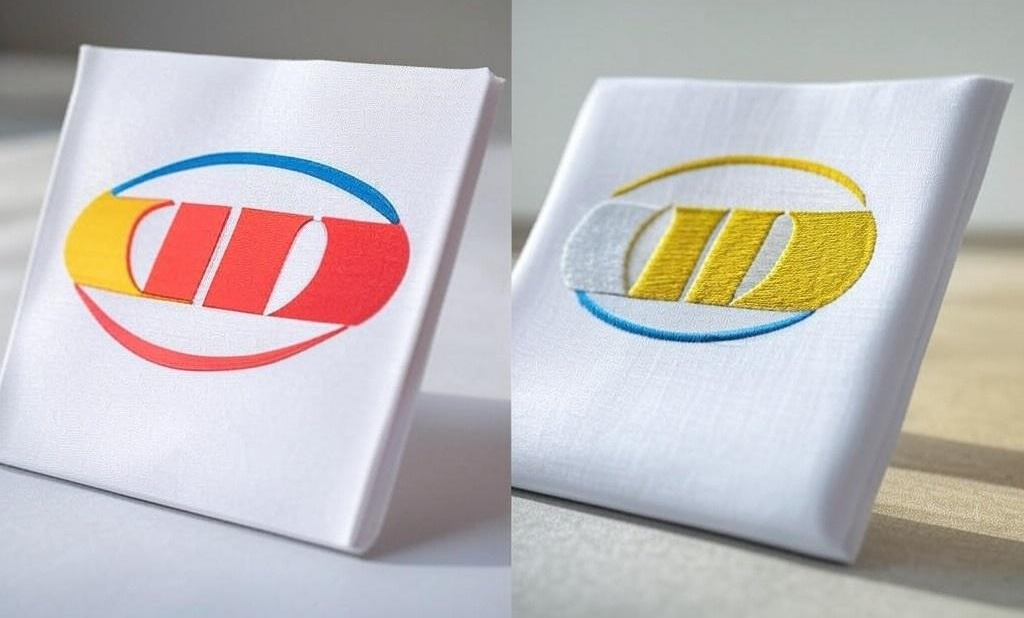In Singapore’s vibrant corporate landscape, where professionalism meets the tropical climate, choosing the right method for customizing corporate wear can significantly impact your brand’s image. Here, we’ll delve into the nuances of silkscreen printing and embroidery, helping you decide which technique best suits your company’s needs.
Understanding Silkscreen Printing

Silkscreen Printing, also known as screen printing, involves transferring ink through a mesh screen onto the fabric. Here’s how it shapes up for corporate wear:
- Cost-Effectiveness: For orders in bulk, silkscreen printing is often more cost-effective due to lower setup costs per item after the initial screen creation. If your corporate event or uniform order exceeds 100 pieces, you might find this method financially more appealing.
- Color Versatility: This method excels when you need vivid, multiple colors. Each color in your design requires a separate screen, but the result is designs with bright, bold hues that can stand out in Singapore’s bustling business environment.
- Suitability for Large Designs: Silkscreen is ideal for larger logos or designs across the back of shirts, which might be perfect for promotional events or team uniforms.
- Durability: While silkscreen prints are durable, they can fade or crack over time, especially with frequent washing, something to consider in Singapore’s humid climate.
Exploring Embroidery
- Embroidery, on the other hand, involves sewing thread into the fabric to create a raised design:
- Professional Appearance: Embroidery gives a high-quality, professional look that’s often preferred for corporate uniforms, polo shirts, and jackets. The texture adds a premium feel to the garment, enhancing your brand’s image.
- Durability: Embroidered logos tend to last as long as the garment itself, making it an excellent choice for longevity, which is crucial in a business setting where uniforms are worn regularly.
- Color Consistency: Unlike silkscreen, where color mixing can sometimes lead to slight variations, embroidery uses threads that maintain consistent color, which is vital for maintaining brand identity. However, it’s less suited for designs with gradients or many colors.
- Cost: While embroidery can be more expensive per piece, especially for smaller orders or complex designs, the cost does not scale with the number of colors used, only the size and stitch count.
- Key Considerations for Singapore Businesses
- Fabric Type: Singapore’s climate is hot and humid, so consider the fabric. Silkscreen printing is better on lightweight, stretchy fabrics, while embroidery suits heavier materials like cotton or denim.
- Design Complexity: If your logo has intricate details or needs to be very small, silkscreen might be more effective. Embroidery is less ideal for very fine or complex designs due to the bulk of thread.
- Corporate Image: If your brand aims for a luxurious, high-end look, embroidery could be the way to go. For events or casual corporate wear where cost and design versatility are key, silkscreen might serve better.
- Durability vs. Initial Cost: Consider how often the corporate wear will be used. Embroidery offers longevity, potentially saving money over time, while silkscreen is upfront more budget-friendly for large quantities.
By understanding the strengths and limitations of silkscreen and embroidery, Singapore businesses can make informed decisions that align with their branding, budget, and usage needs. Whether it’s the crisp professionalism of embroidery or the vibrant, cost-effective silkscreen, your choice will significantly influence how your brand is perceived in one of Asia’s key business hubs.



